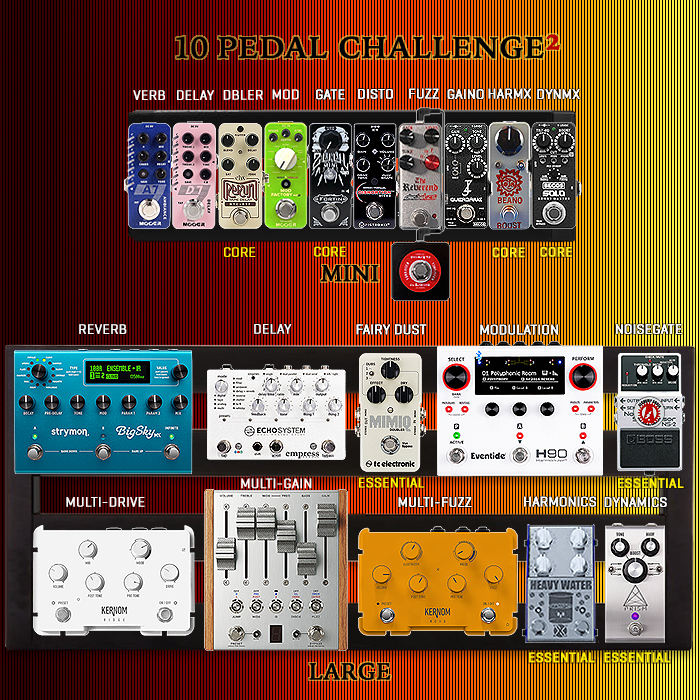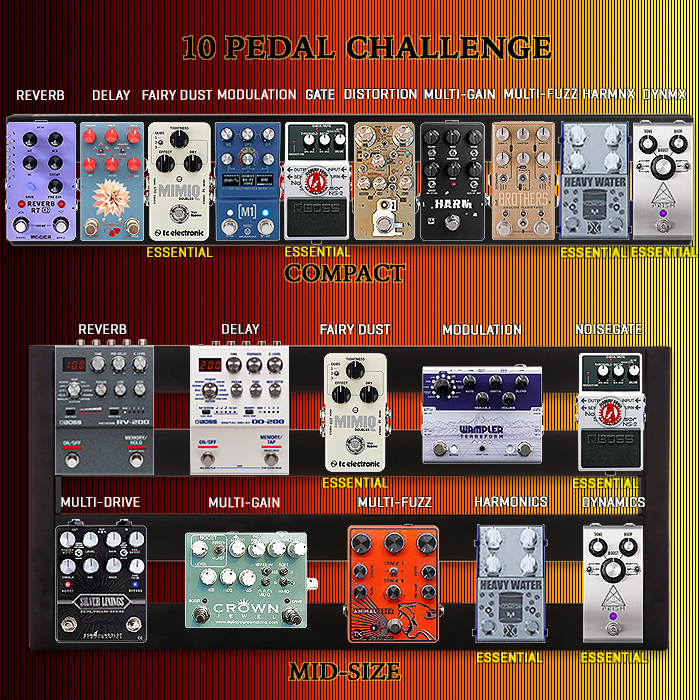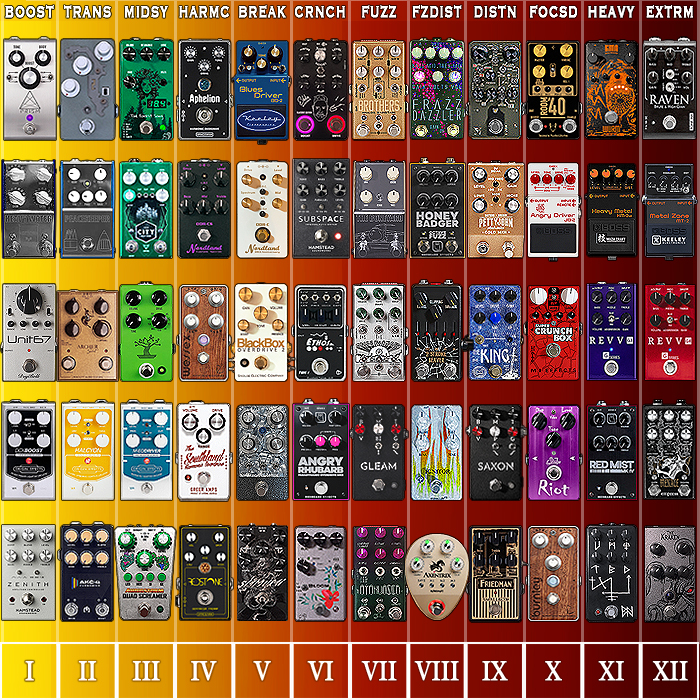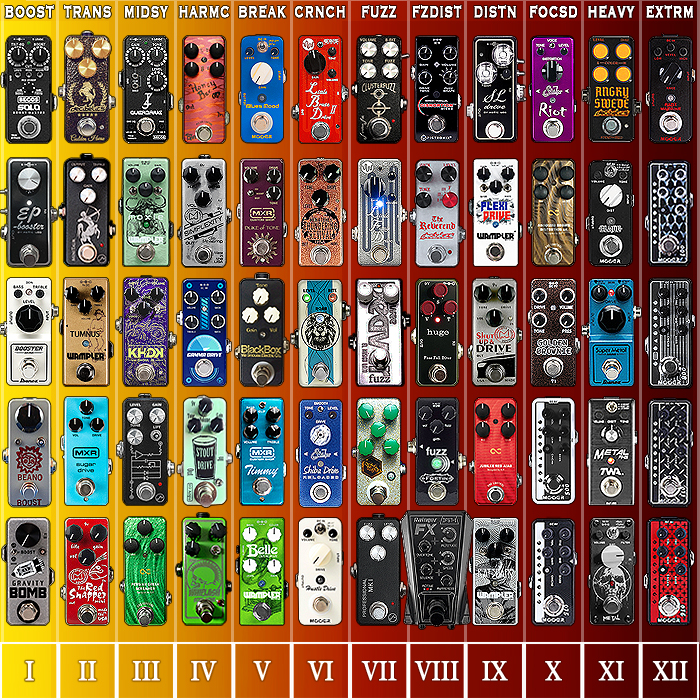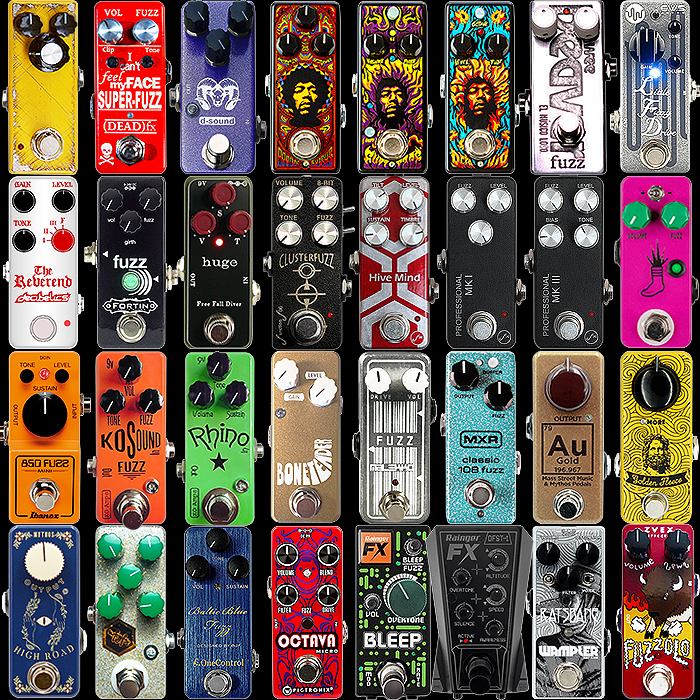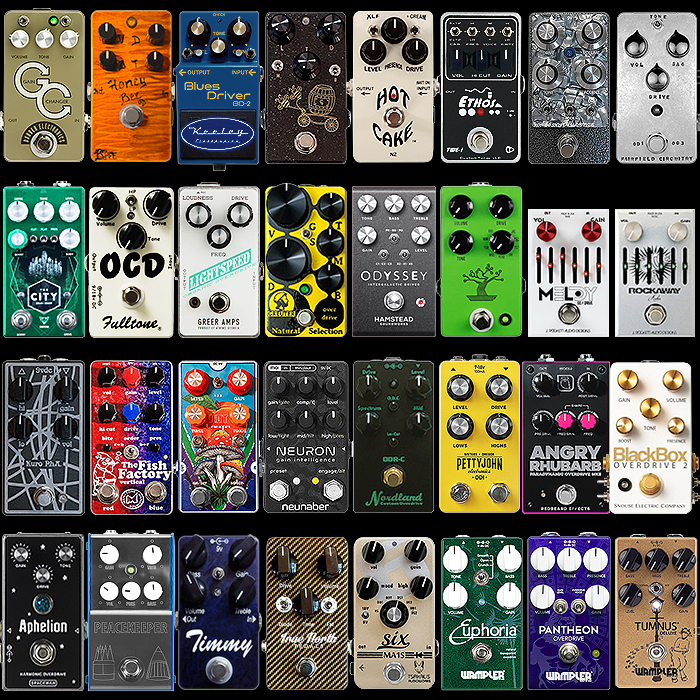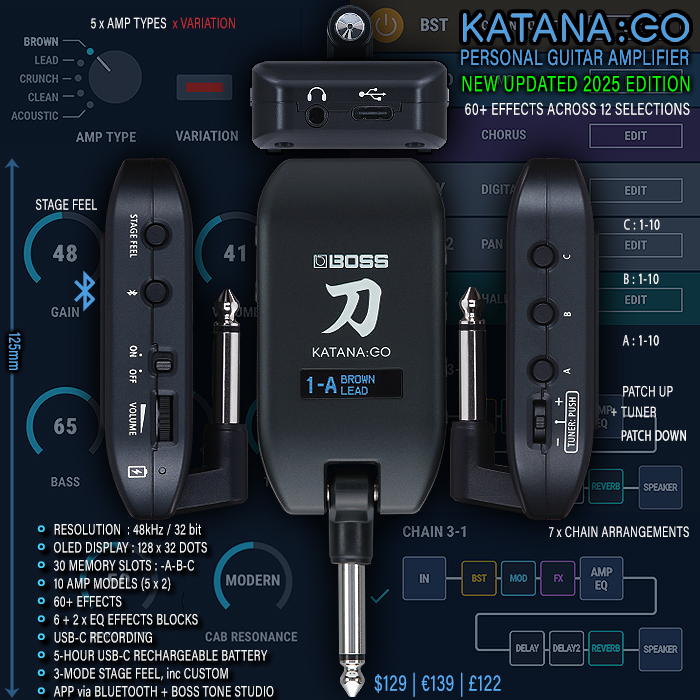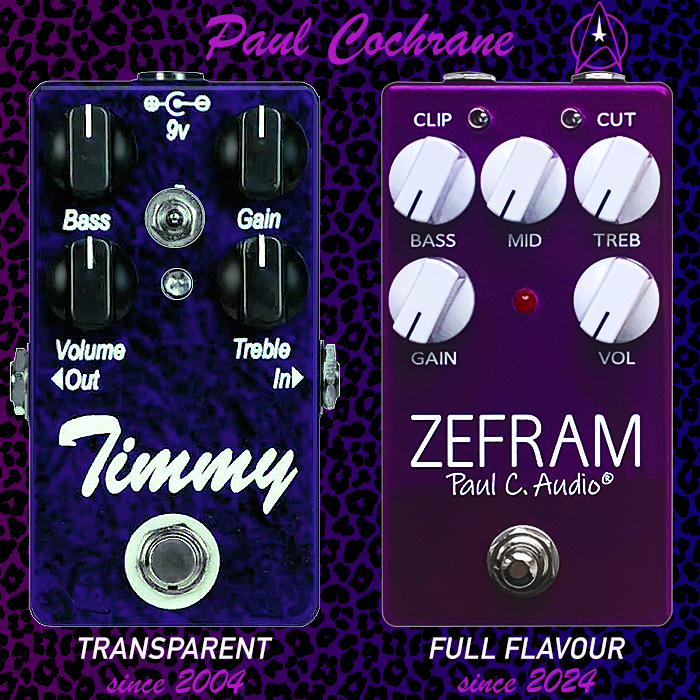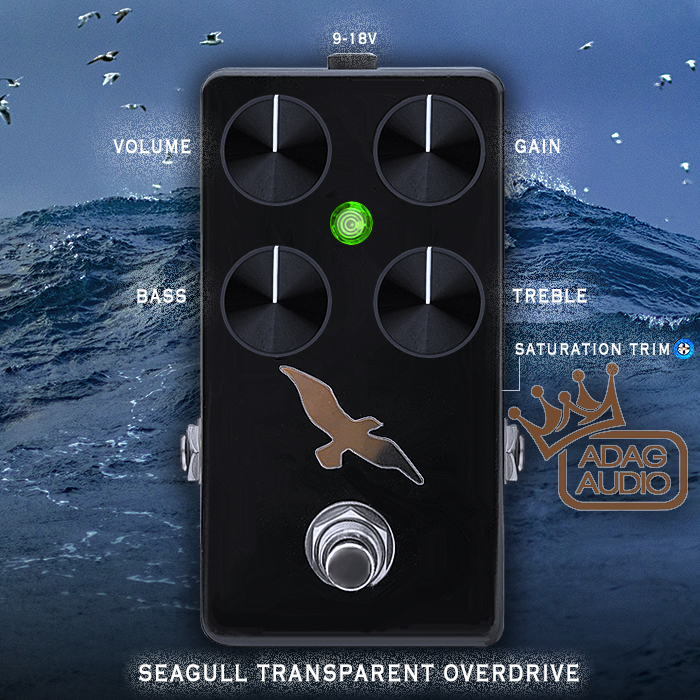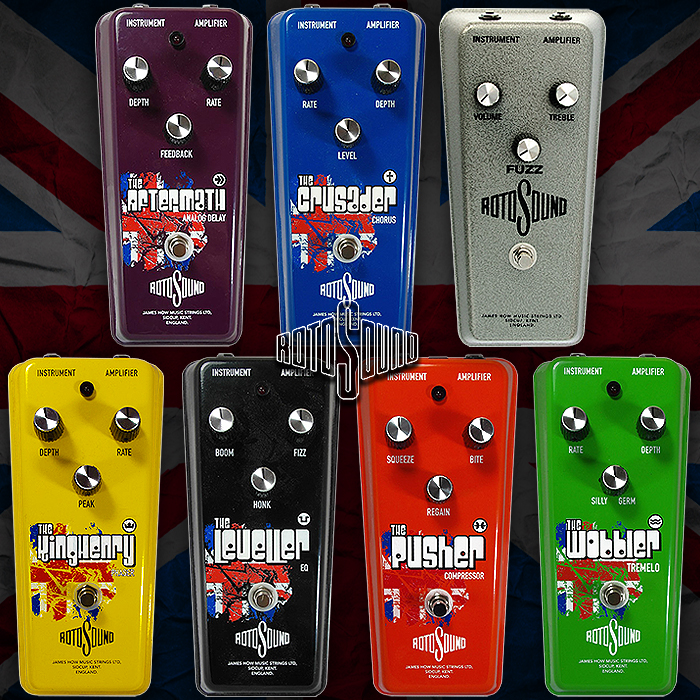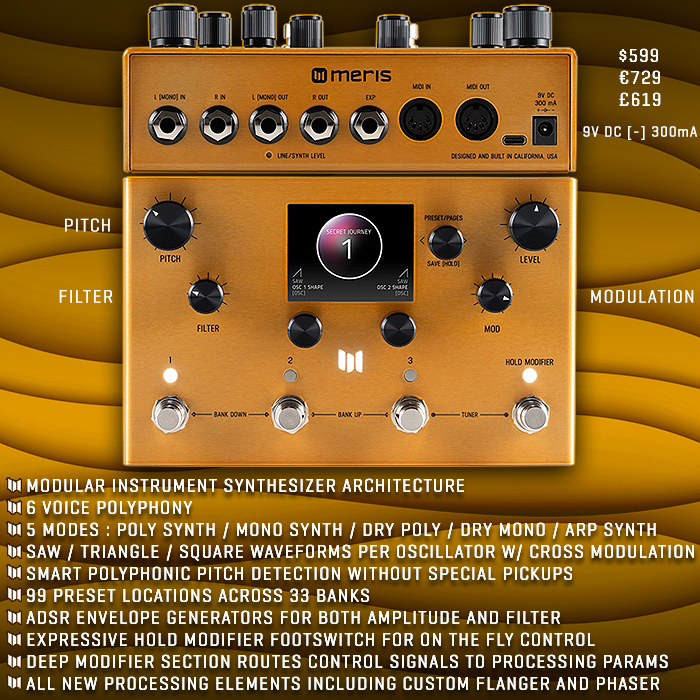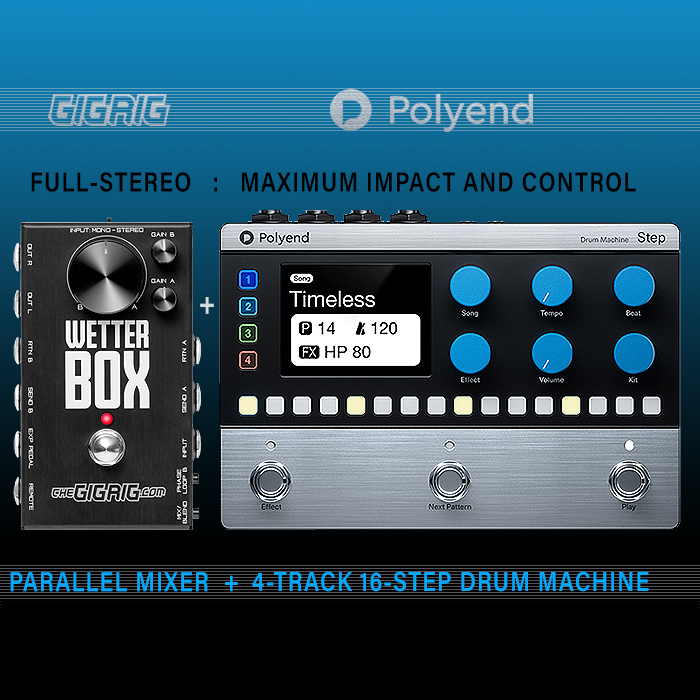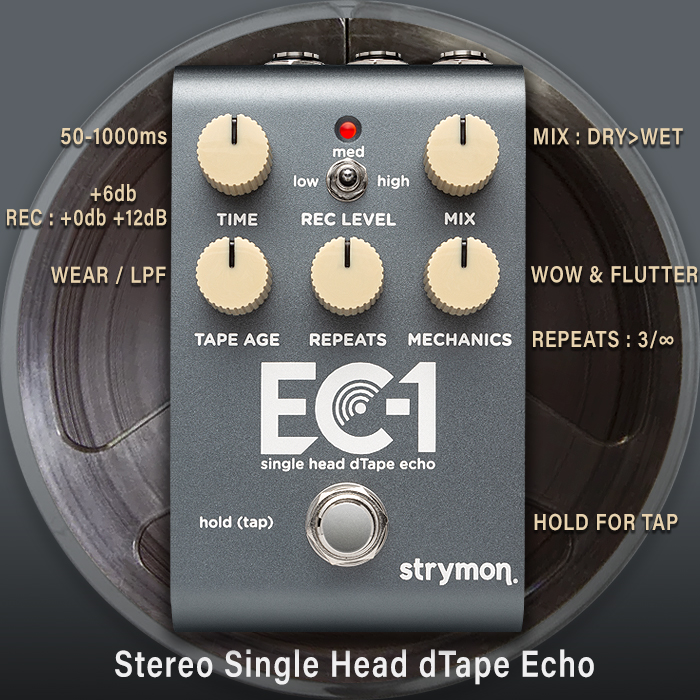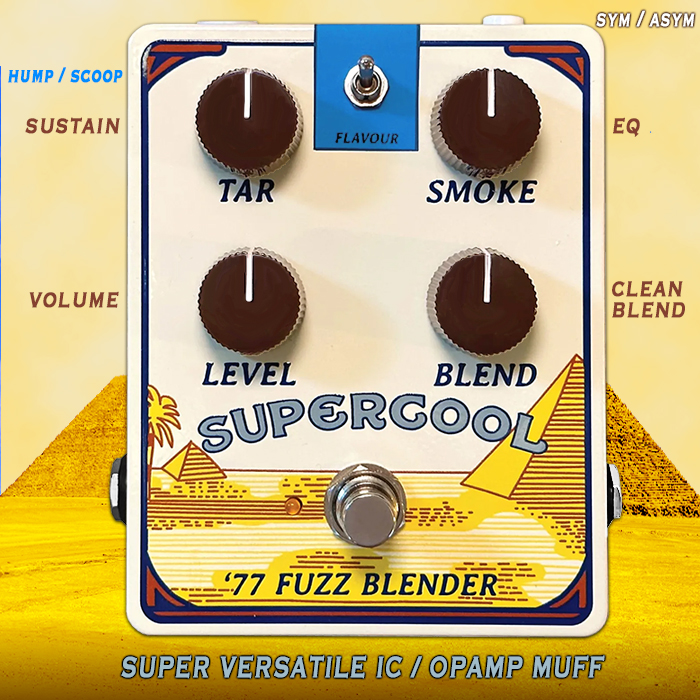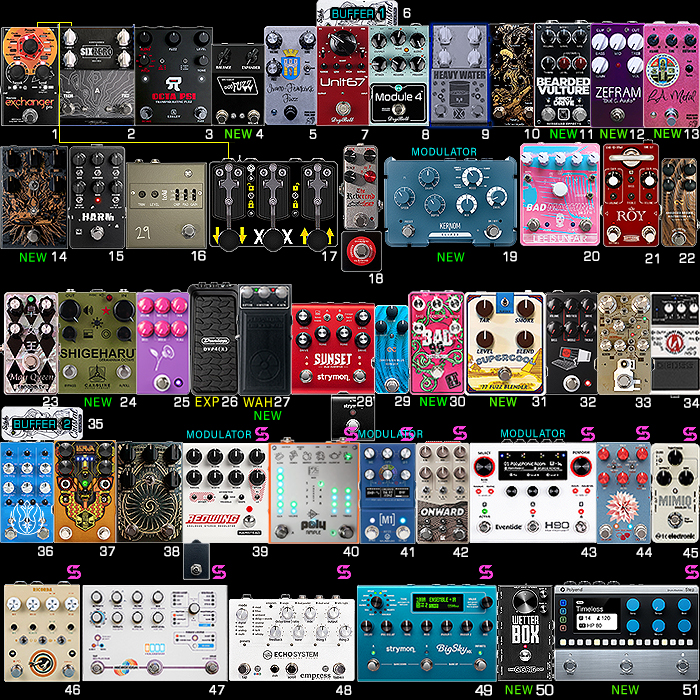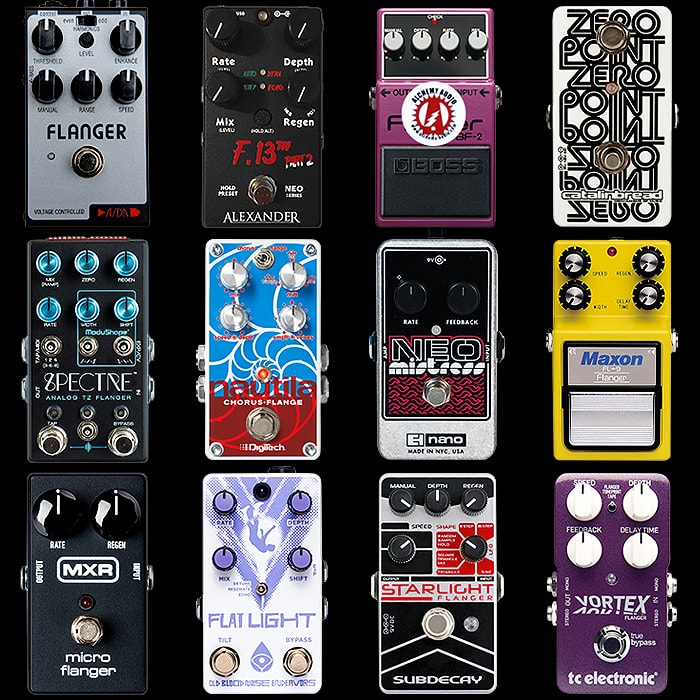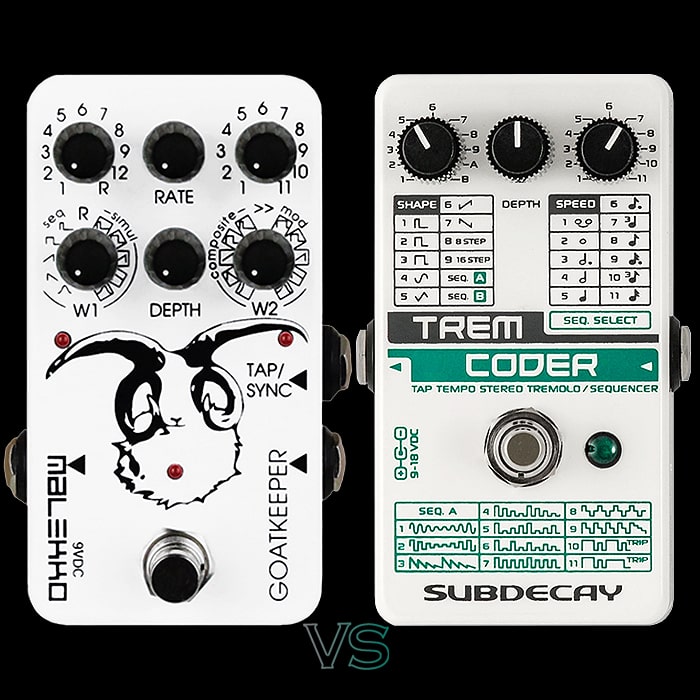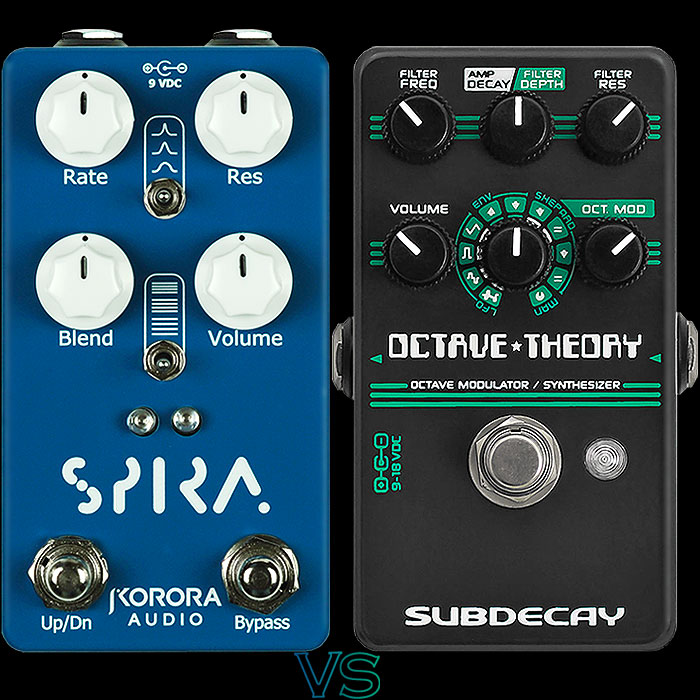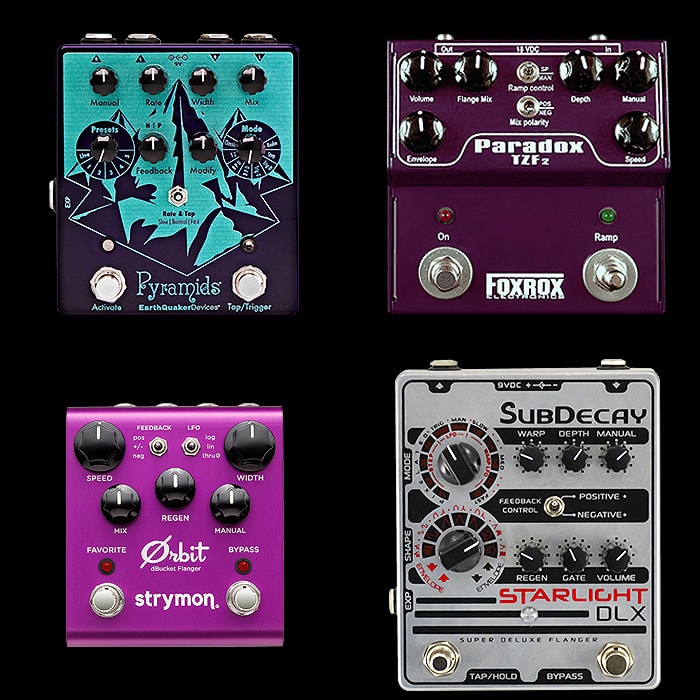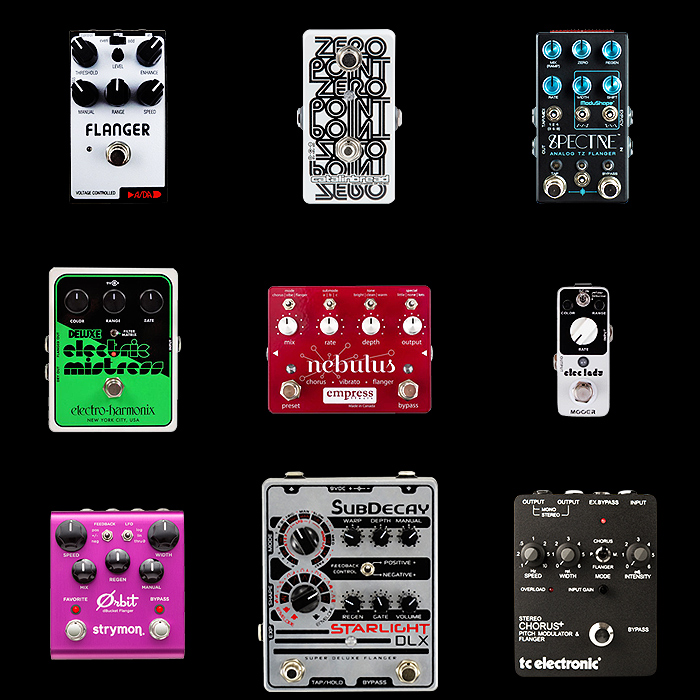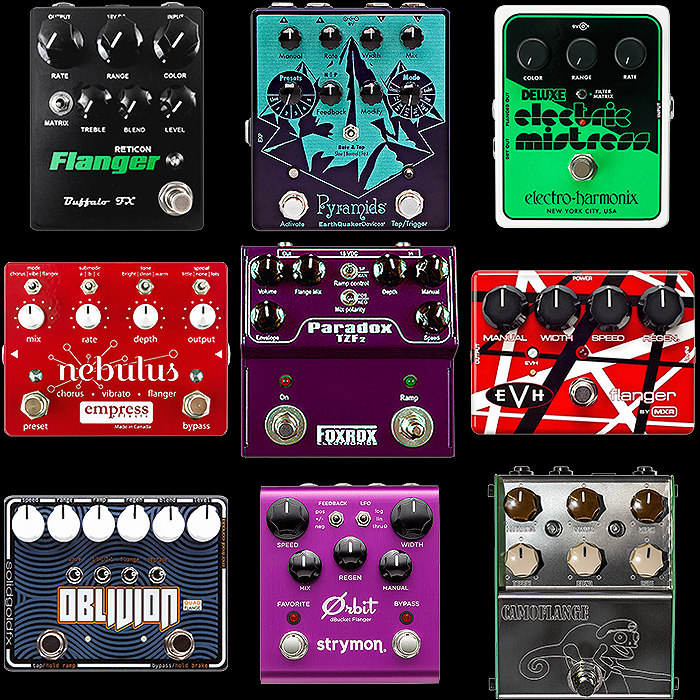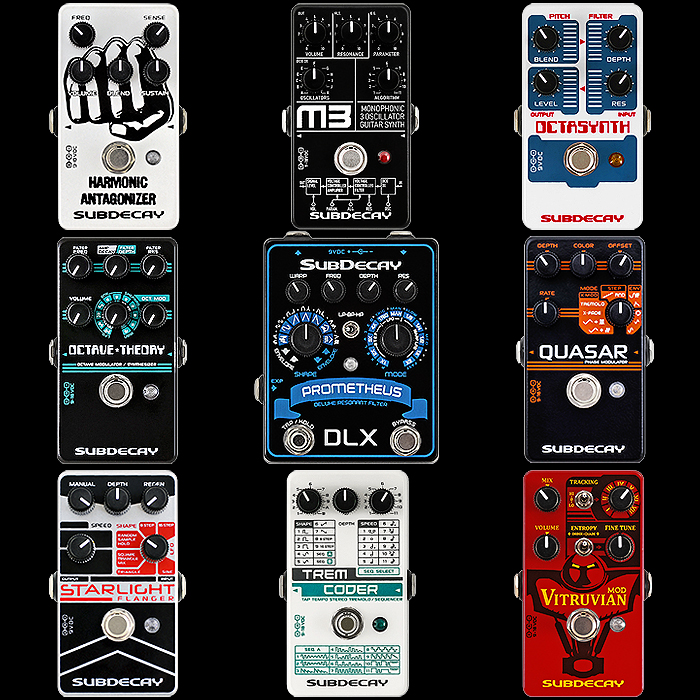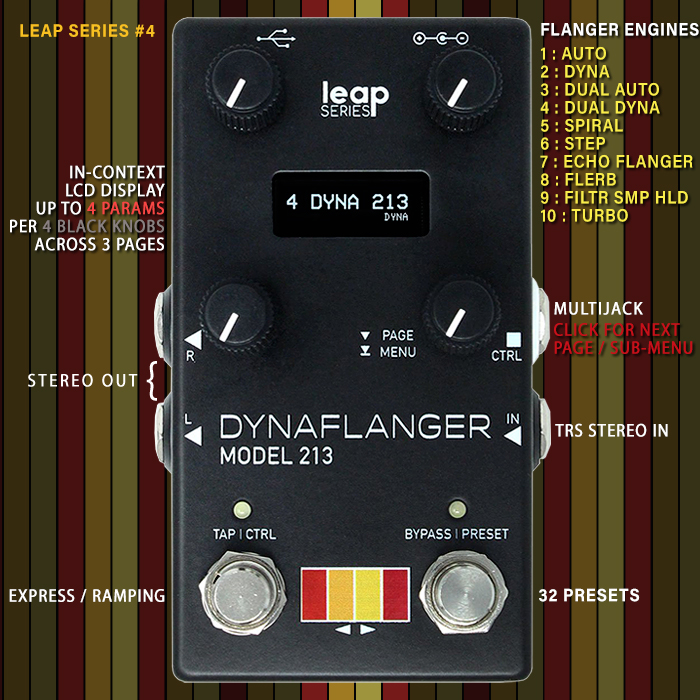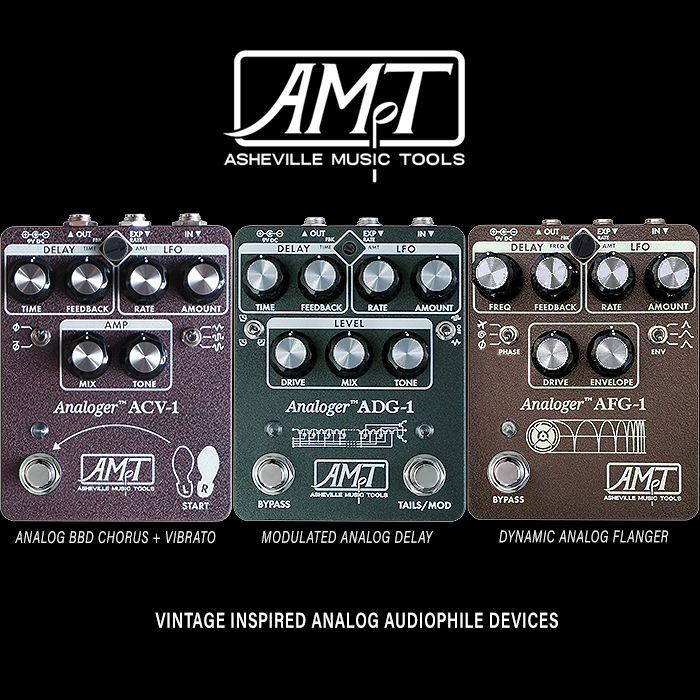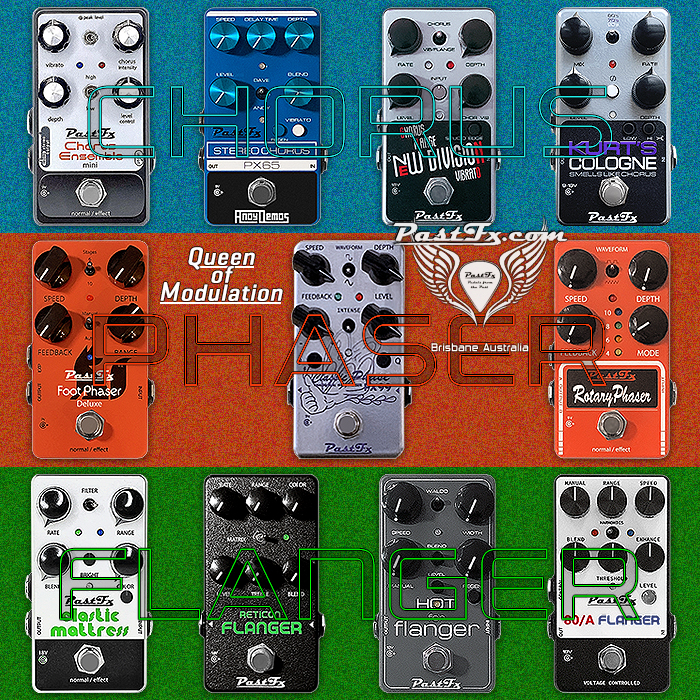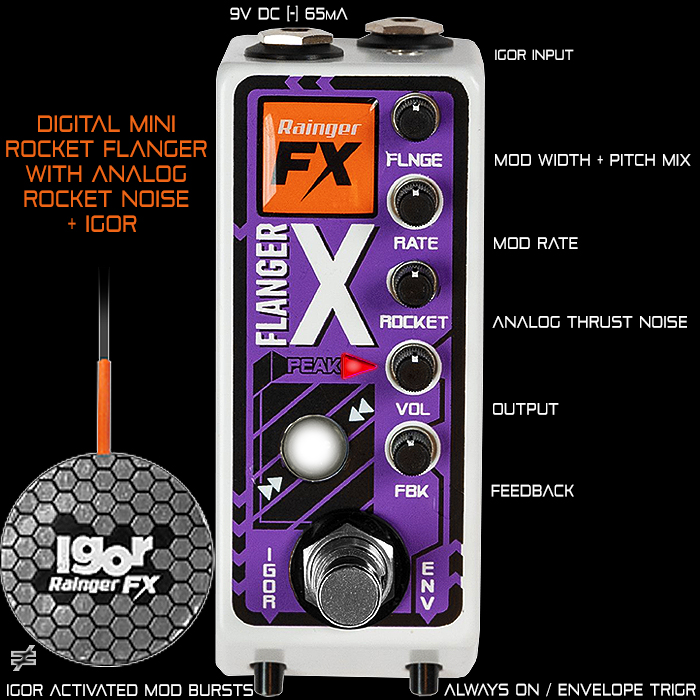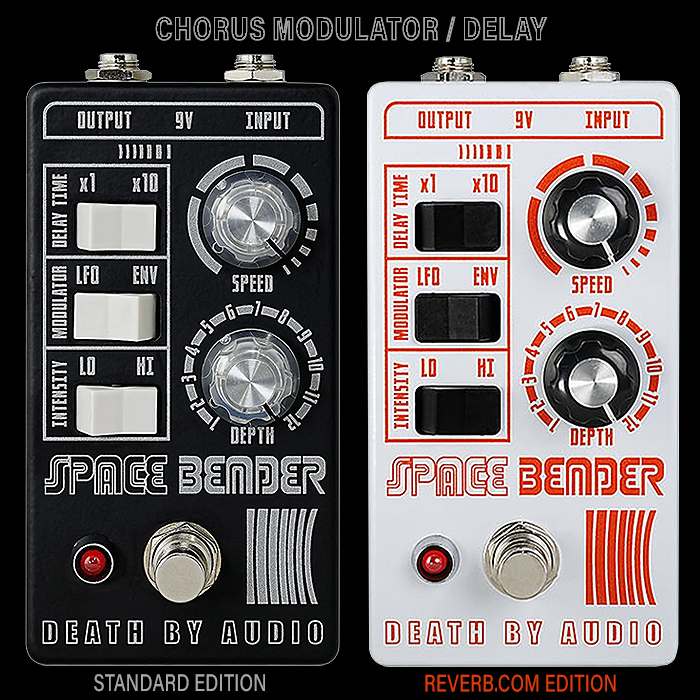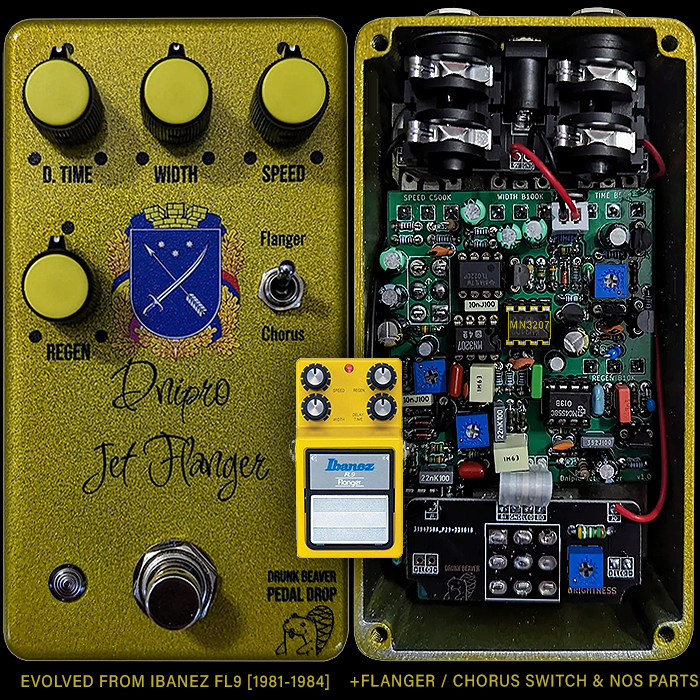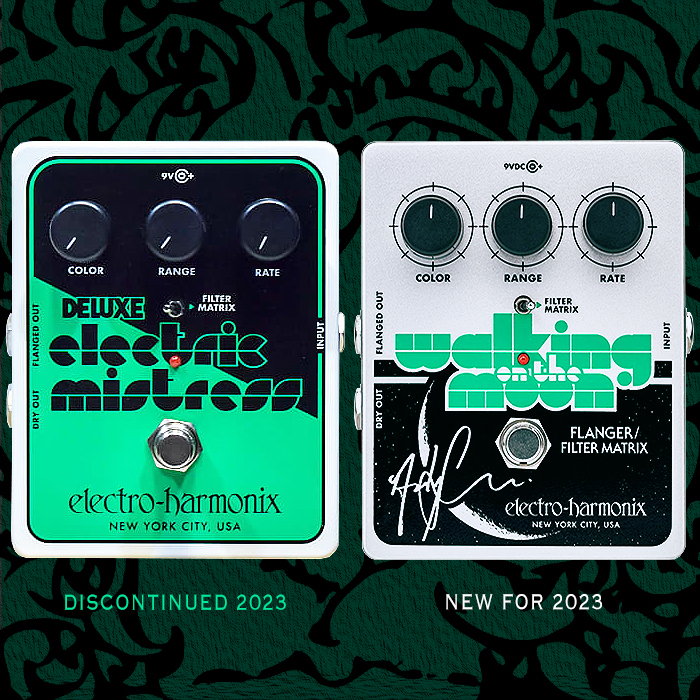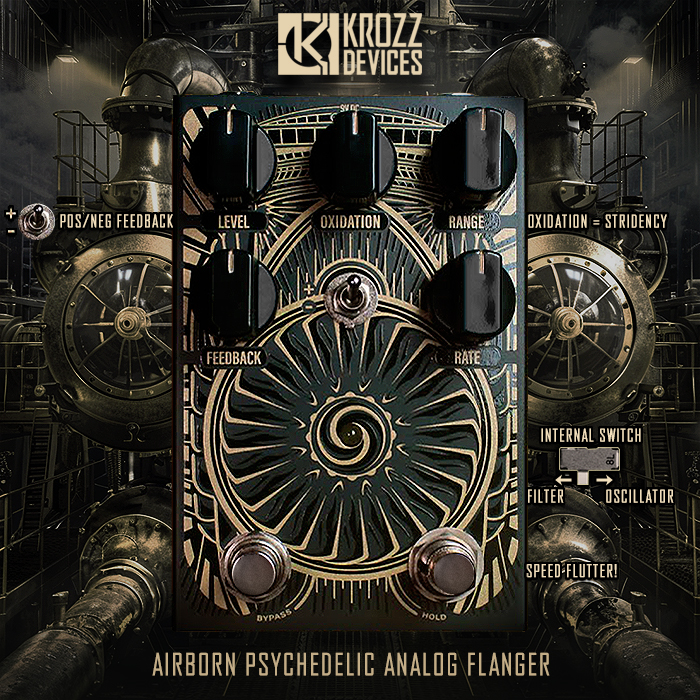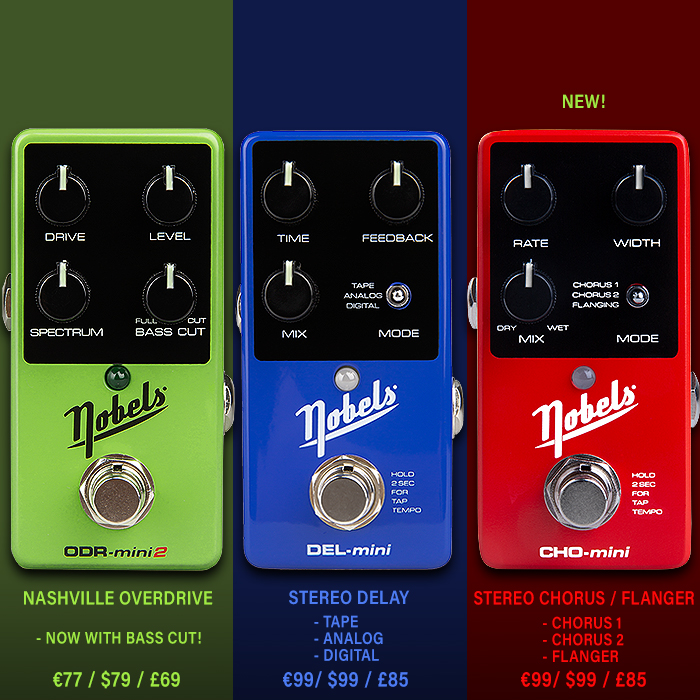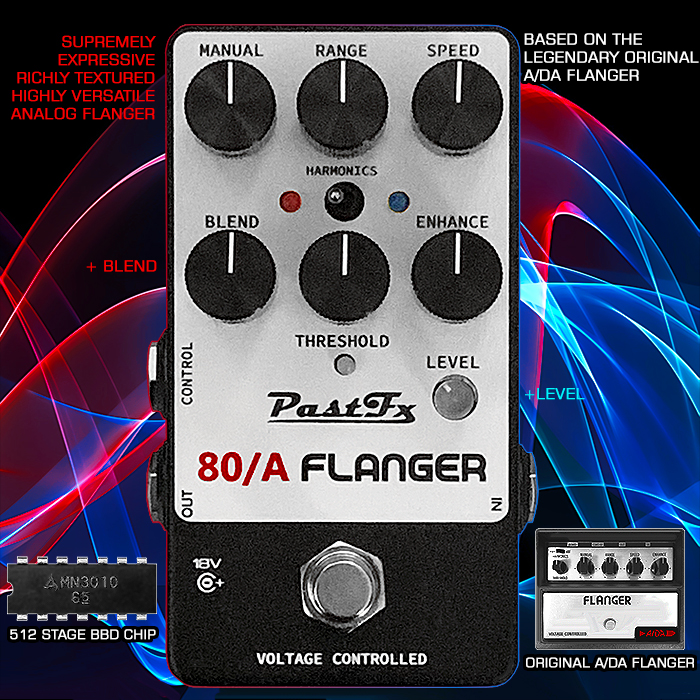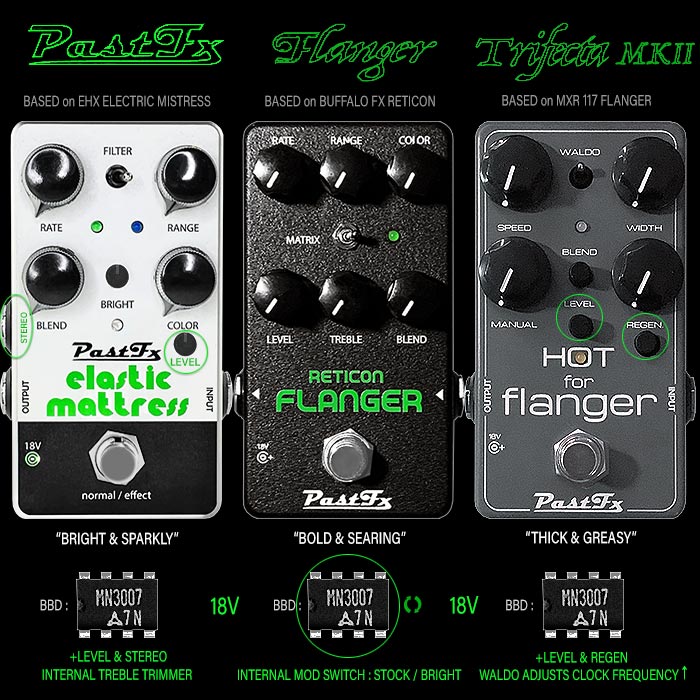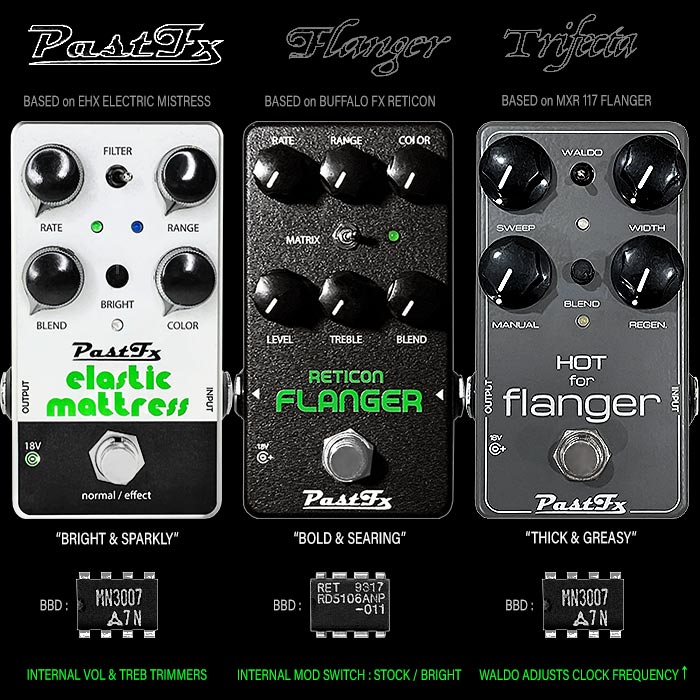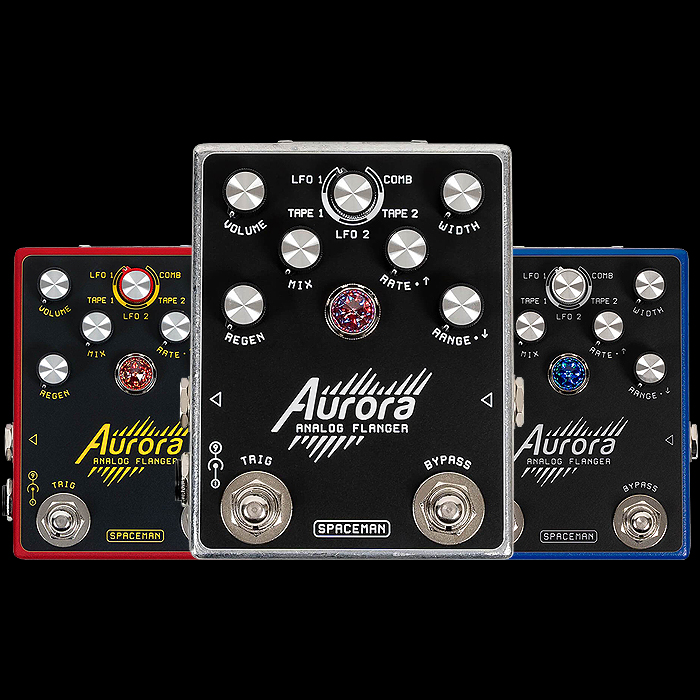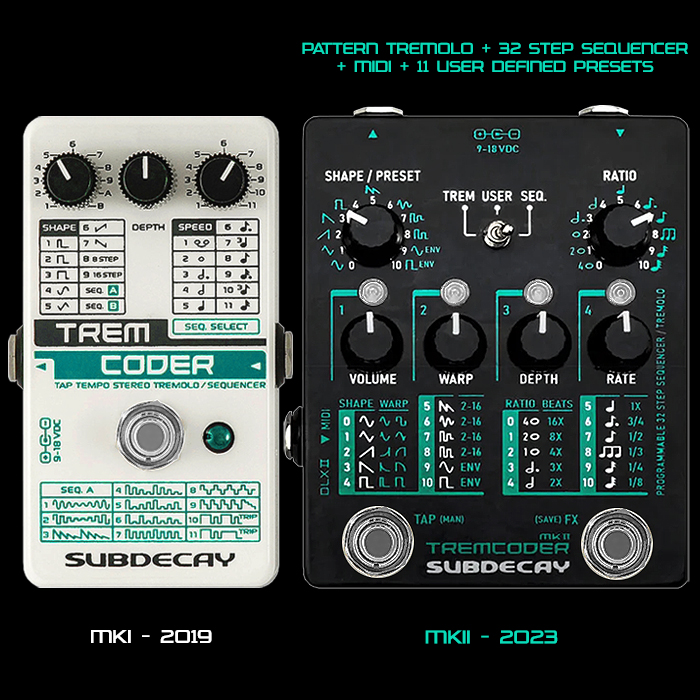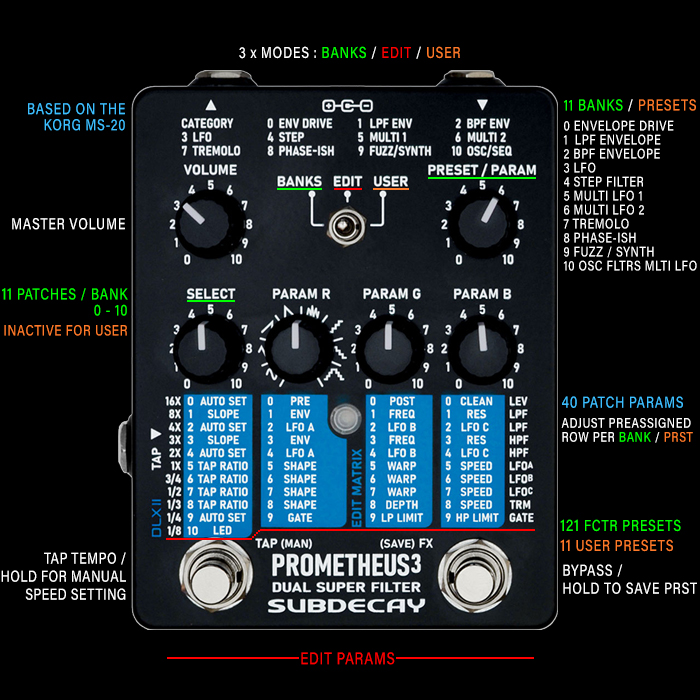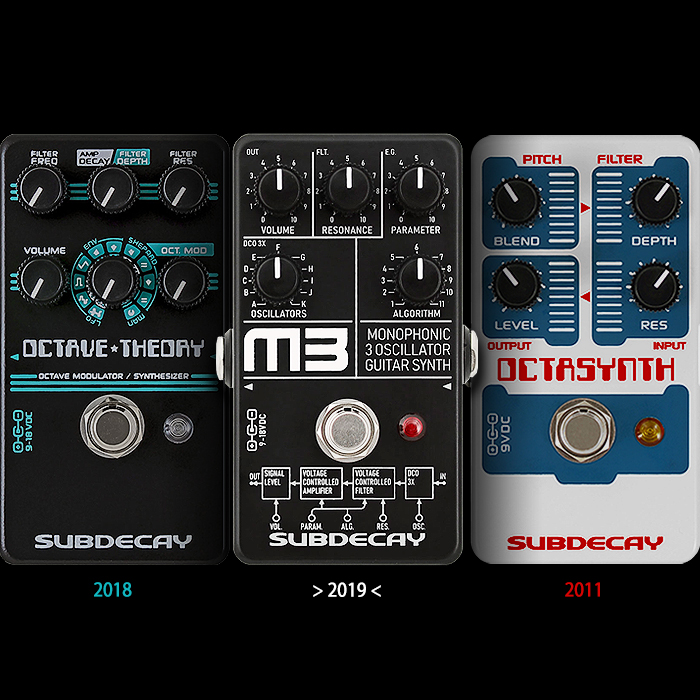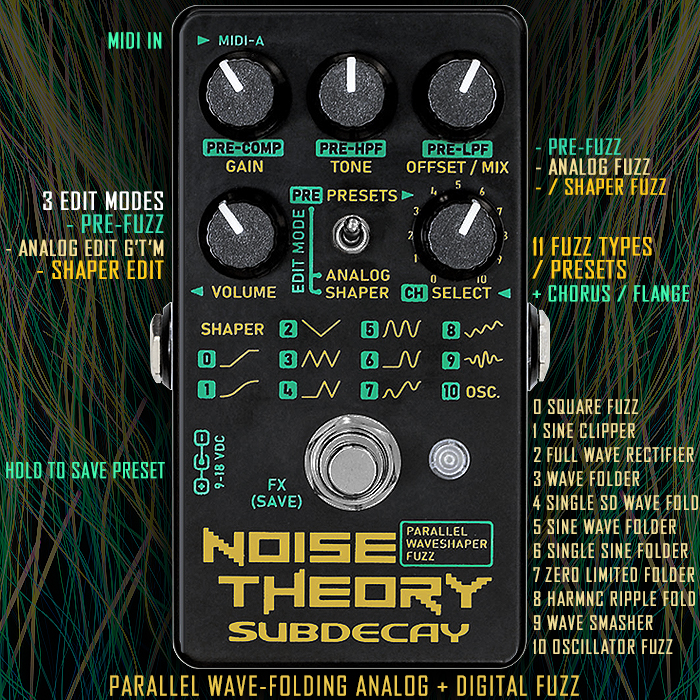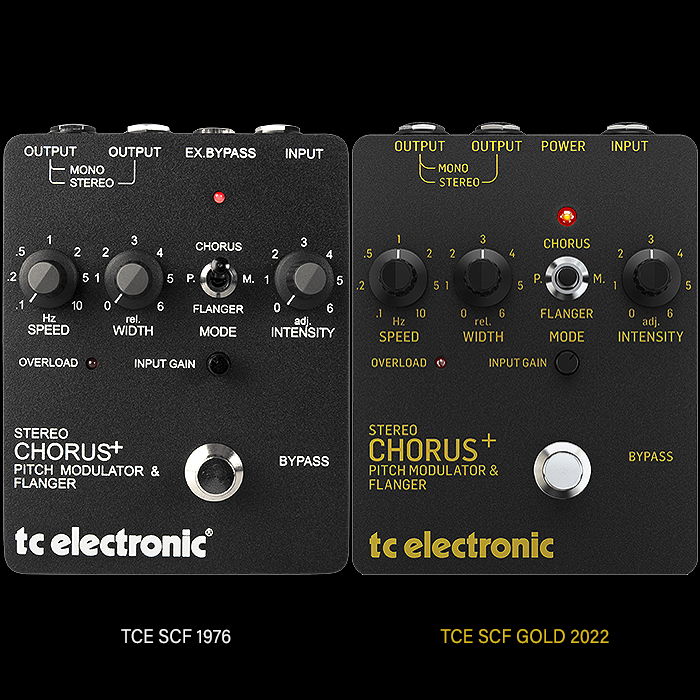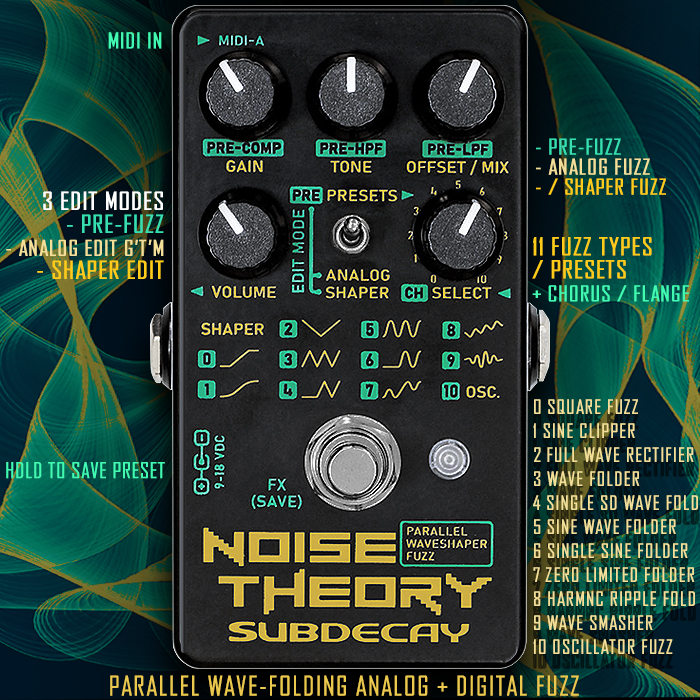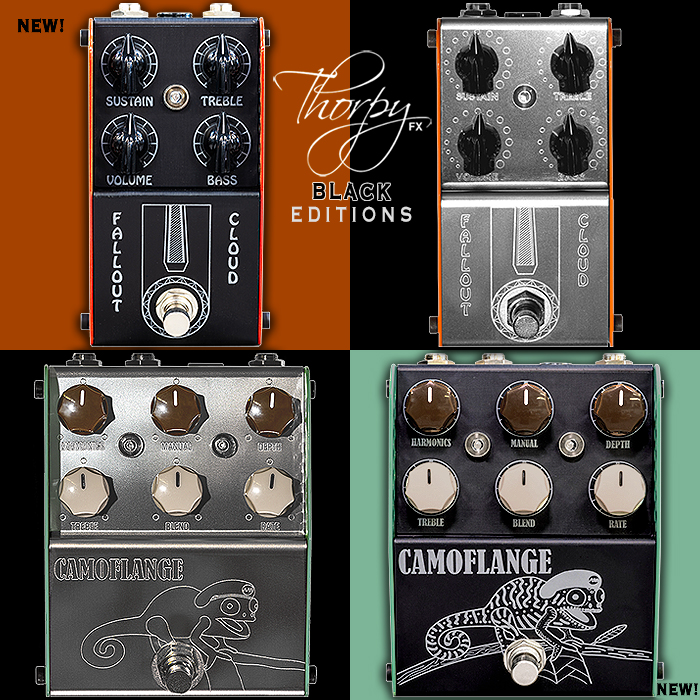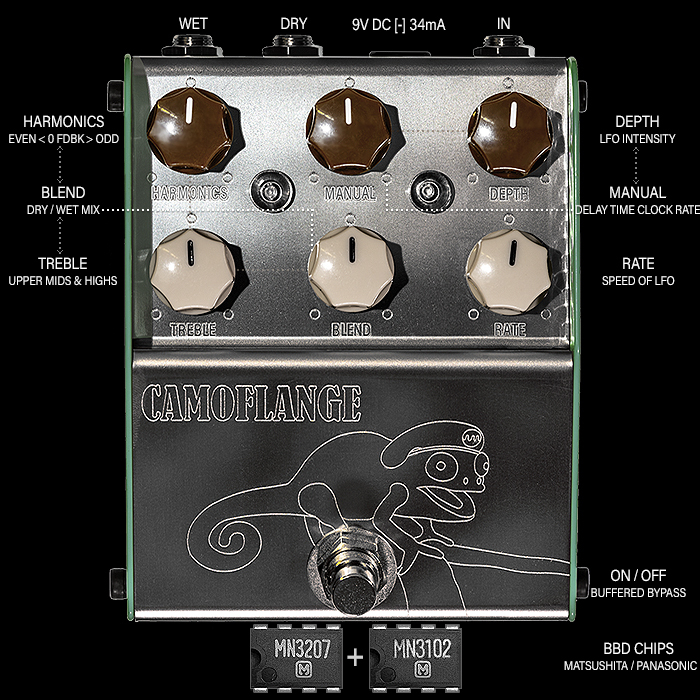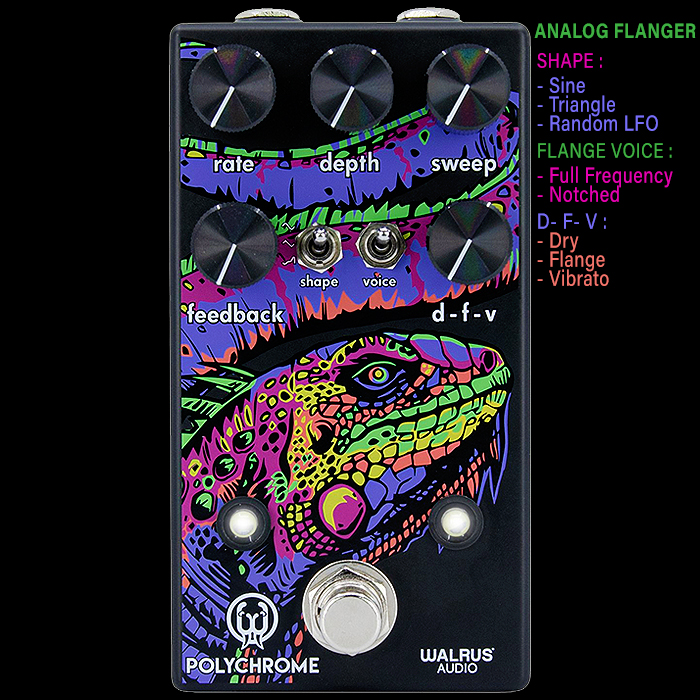Subdecay's Starlight MKIII Flanger is the culmination of 13+ years of development and evolution
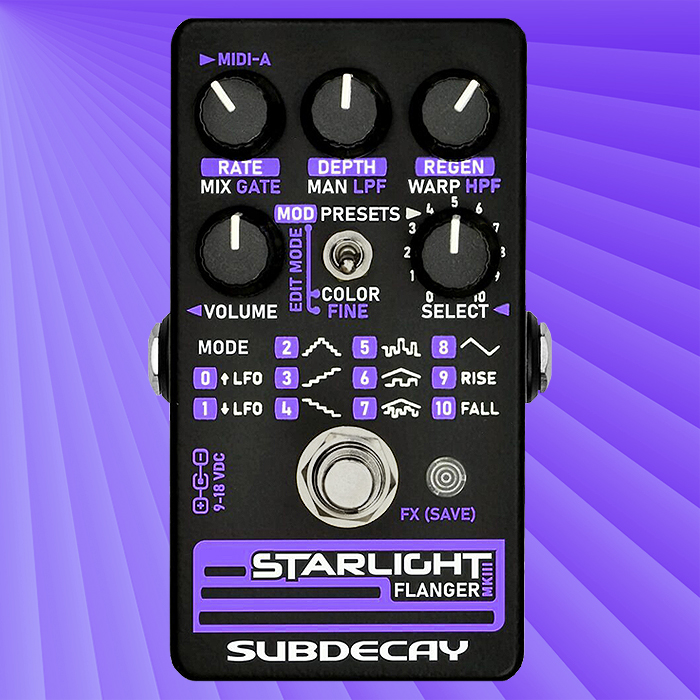
The Subdecay Starlight Flanger has quite the pedigree now - having first materialised as the 3-knob Starlight Quantum Flanger back in 2012. Over that intervening time we’ve had 4 major versions of the circuit - including the Starlight DLX - which also debuted in 2012 - a little later in the year.
The MKIII can trace its lineage all the way back - and indeed now features most of the essential features that were on the DLX model - with some other advancements and refinements.
It’s the same sort of topology as the recently reviewed Noise Theory - where you have a 3-position Mode switch - which changes the Paramters of the top 3 knobs x 3 - so you’re dealing with not just Secondary, but Tertiary Functions on those knobs - which can be a little fiddly!
There are 11 Modulation Modes / types - including LFO Envelope-controlled Flanging, Random Sample & Hold, infinite Rise and Fall, and Thru-Zero Flanging. It really has a kitchen-sink feature set, but where the deployment of the pedal initially can be a little clunky - would have been nice to have been able to advance the Presets with the footswitch too - something like a short sharp double click - as press-hold is already taken by the Save function.
All this means that this is not necessarily the most immediate big-sounding Flanger - unlike some of my others, while it is one where a little due diligence and patience yield superior results. You just need to tweak the voicings across 3 dimensions to get there! The forte of this pedal is really in those multiple different moving modulation types.
The Starlight MKIII Flanger is somewhat surprisingly only my 7th Subdecay pedal - I would have sworn I had more by now - but no - 7 is the total! I’ve supported Subdecay pretty well over the years - and I still have a number of its Synth pedals on my wishlist - including the Octasynth, M3 Monophonic Synth, Octave Theory, and PixelWave - I still intend to get all of those one way or another! There’s a cool article on the Subdecay Website - which compares those 4 synth pedals and recommends which one/s are most suitable to your own needs and preferences!
I presume also that we will soon see a MKV Quasar Phaser - in the same format as these most recent Subdecay pedals - so I will look to acquire that one too at its time of release - and of course when it gets to be in-stock at Joe’s Pedals.
So here are my 7 Subdecays to date - all pretty stellar admittedly, the longest serving one by far being the Harmonic Antagonizer! Where I got all of those bar the Prometheus DLX from Joe’s Pedals! :
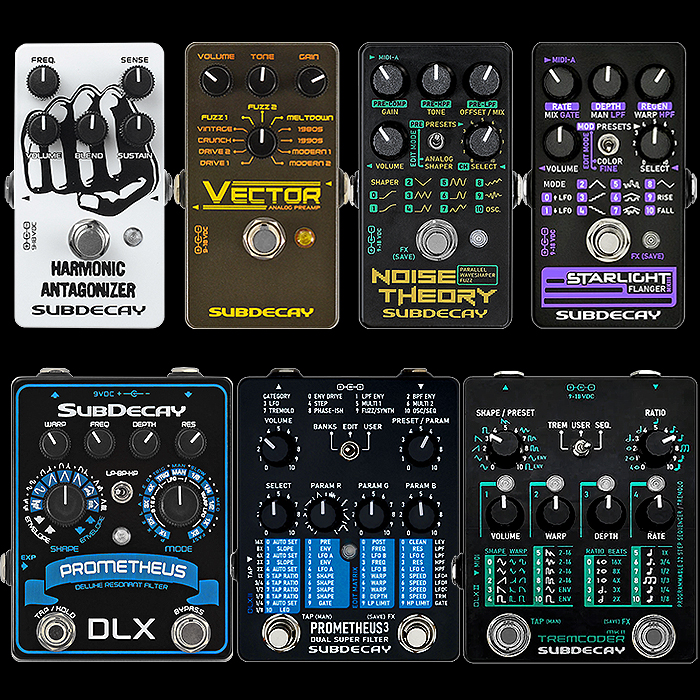
Notably the Starlight MKIII is also my 21st Flanger pedal - as you can see from the below overview visual - where the Redwing and Starlight have both been added to that list very recently! :
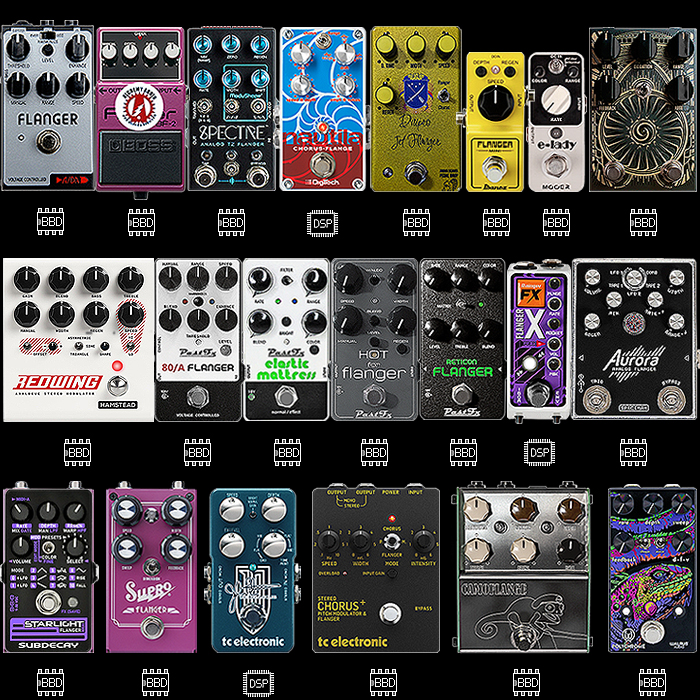
As all the previous iterations of the Starlight were Analog, I'm assuming that there is an analog heart to the MKIII too - of course with extensive digital controls. Removing the back plate of the pedal reveals a reverse-board - which makes it very tricky to get to the actual components - so that remains a little bit of a mystery for me. There's certainly no mention of analog for the current pedal, nor BBD - so it could very well be a digital device by now - while I'm leaning into the past history and status of this pedal.
There's another trend here in that there is a hidden Synthesizer onboard - much like there is on the Noise Theory - and which you can access via the MIDI connection. Subdecay has included a secret Synthesizer on many, if not most of its recent pedals. Where Kinotone also does something similar with its devices. I understand that one of the chips included already has much of that programmed in by default - so it's a nice added extra - but one that is somewhat lost on me - great for the Synh guys though!

The Starlight MKIII has in effect a 3-part control topology - with 3 different sets of parameters engaged by the main Edit Mode toggle-switch. Each of the 3 top controls houses 3 parameters - such that you have a total of 10 parameters to control - of which the Volume / Master Volume is the one constant.
Starlight 3-Part Controls :
- 1. Presets - Rate, Depth, Regen (Negative/Positive), Volume, Edit Mode : Preset, Mode / Presets : 0-10.
- 2. Color Edit - Mix, Manual (Delay Time), Warp (various - per Mode), Volume, Edit Mode : Color, Mode / Presets : 0-10.
- 3. Fine Edit - Gate, LPF, HPF, Volume, Edit Mode : Fine, Mode / Presets : 0-10.
- H. Footswitch - Hold to Save Preset in Presets Mode
The 11 Modulation Modes / Presets :
- 0. ↑LFO : Sine LFO speeds up via envelope control - Warp = Envelope amount
- 1. ↓LFO : Sine LFO slows down via envelope control - Warp = Envelope amount
- 2. Triangle Ramp Up/Down : Step Triangle Sequence Modulation - Warp = Alters sequence
- 3. Ramp Up : Step Ramp Up Sequence Modulation - Warp = Alters sequence
- 4. Ramp Down : Step Saw / Ramp Down Sequence Modulation - Warp = Alters sequence
- 5. Random S/H : Random Sample / Hold Modulation - Warp = Glide control
- 6. Tri/Square : Triangle + Square Mix Modulation - Warp = Mix of Triangle & Square
- 7. Tri Rando : Triangle Random Mix Modulation - Warp = Mix of Triangle & Random
- 8. TZF : Triangle LFO with Through Zero - Warp = Zero Delay Point
- 9. RISE : Infinite Rise Modulation - Warp = Ø
- 10. FALL : Infinite Fall Modulation - Warp = Ø
There are a lot of different tones, textures and flavours at your fingertips here - while there is some complexity in deploying all those 9 multi-variable Parameters. I've found the Noise Theory somewhat clunky to use as a stompbox - the nature of its control topology - makes it far more suitable for tabletop applications - you can't really fully control that pedal for impromptu tweaks with you toes - as you can do of a number of other varieties - including probably my current favourite sounding Flanger - the Krozz Airborn. There's definitely a learning curve and path of familiarisation here - where the key patterns are now becoming fairly evident, while each of those devices is pretty distinct in its overall deployment. There are some oddities too in that the LPF and HPF controls operate in different directions - would have been cooler if they were more matched in their tapers.
The Starlight can get pretty close my favourite Krozz Airborn - but it's not quite so richly textured or visceral - this is both in terms of feel and output. And even though the Starlight is a more versatile pedal overall - it can't quite match the verve of the Airborn - but it will be close enough for most! It's all those interesting Mode Types that make this pedal fully worth the price of admission.
Much like with the Noise Theory - I seem to be setting quite different variables for each Mode / Preset - typically with Depth, Regen and Volume set high - but all 10 parameters are somewhat individually tweaked for each preset! I find pretty much every mode useful and usable - while I overall spent the most time recently on the Random Sample & Hold and Infinite Rise and Fall algorithms, I also really like the 3 Ramping algorithms. It generally sounds pretty great, but in terms of pure richness of texture - the Krozz Airborn still retains its championship position!
The Starlight Flanger MKIII is available for orders right now for £195 from Joe's Pedals in the UK - where I got mine from, and of course via the Subdecay Webstore for $199.
Demos

